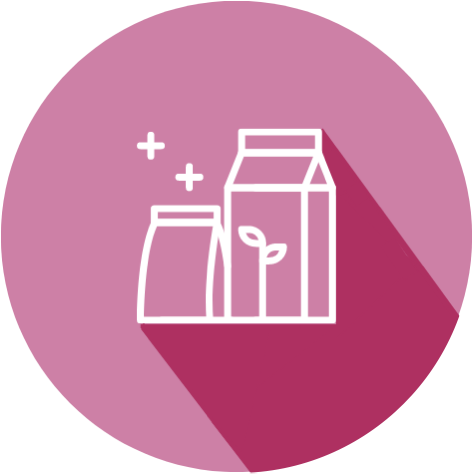Imagine you are walking through the city center on a cold winter day. You come across an ad displaying the perfect hot chocolate and you start craving some warmth. One minute later, you find yourself standing in line to grab one.
It is not very surprising that hot chocolate ads work better during winter time than summer time. But did you know that you can boost your ad by adjusting it to the surrounding temperature for almost any product?
Posted in Archive, Advertising
published on Tuesday, 04 April 2023
What is the absolute dream of a brand struggling with a dwindling consumer base? Waking up to find out their demand has suddenly gone through the roof and the biggest problem is not being able to keep up with production!
That’s what happened to the confectionary brand MoonPie when they changed marketing tactics in 2017. Was it their product? Their distribution or sales promotion that they’ve changed?
Posted in Archive, Advertising
published on Tuesday, 21 March 2023
Sustainability is become a more important brand asset with the years. Additionally, the majority of consumers have the intention to pay more for environmentally sustainable packaging (Popovic et al., 2020). However, consumers often don’t know what sustainable packaging should look like (Boz et al., 2020). Mostly, consumers categorize packaging in one of three categories: recyclable, re-usable or wasteful.
Posted in Research, Archive
published on Tuesday, 07 March 2023
Rationally speaking, forms wouldn’t have a taste. A circle is a circle and that’s that. Or isn’t it quite that simple?
Although shape and taste are two different sensory experiences, shape does influence taste. Researchers have found that we as humans associate taste qualities with different design features such as curvature, texture, orientation, symmetry, and so on. In fact, the shape of everything, from the product itself to the typeface in which it is presented and the shapes of/on product packaging have all been shown to influence people’s expectations, and sometimes even their experiences.
In this blog we will take a closer look at how shape influences taste and how you could use that knowledge to increase the attractiveness of your product.
Posted in Research, Archive
published on Tuesday, 21 February 2023
Marketers love to end their prices with the magical numerical combination of 99. This practice, which is also known as charm pricing, psychological pricing or odd pricing, is seen in virtually every country across the globe. There’s no question about it: it works. But new research shows that the pricing trick will backfire under specific circumstances.
Posted in Archive, Strategy
published on Tuesday, 07 February 2023





